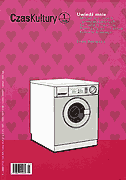
Bauhaus Furniture - A Legend Is Going To Be Viewed
Meble Bauhausu
Keywords: Bauhaus Furniture; Bauhaus Exhibition;
More...
Keywords: Bauhaus Furniture; Bauhaus Exhibition;
More...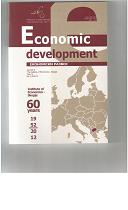
Keywords: investments; technical structure of investments; foreign direct investments; manufacturing of wood and wood products; furniture production
Investments represent a prime mover of the economy. Without them it can not talk about economic development in general of the each country. The realized investments of the Macedonian manufacturing have decrease tendency with the average annual rate (AAR) from -0,2% for the period 2007 - 2010. This trend follows the investments in the furniture production with AAR from -1,5%, unlike the manufacturing of wood and wood products where the gross fixed capital formation by purpose of investment show growth from 32,6% for the analyzed period. The investments of wood and wood products manufacturing participate with about 0,2% and also furniture production with 0,7% in the total manufacturing investments of the Republic of Macedonia for the same period. The technical structure (buildings and structures and machinery and equipment) of investments in total (manufacturing of wood and wood products and furniture production) beside fluctuation is favorable. This is the result of the average investments in buildings and structures from 32,0% and machinery and equipment with 68,0% for the period 2007 - 2010. The favorable investment technical structure is distinctive for the manufacturing of wood and wood products and furniture production too. Small participation of investment in the woodworking industry in relation to the total investment in the economy of the Republic of Macedonia and the disinvestment level of the industry as a central activity requires the investment in the sector is very small and given that no significant outcomes. Foreign investments of the Republic of Macedonia as an additional impulse for development are insignificant. Foreign direct investments by the activity of investing have variable dynamic with positive AAR for the period 2003 - 2007. The foreign investments of the manufacturing participate with only 25,0% in the total foreign investments of the Republic of Macedonia for the analyzed period.
More...Keywords: popular writing; written private texts; inscriptions on furniture; museum collections
The paper presents the partial results of the research with the topic The Metamorphosis of Writing between the 19th and 21st centuries. Roles, Contexts, Forms and Signifi cances of Writing in the Transylvanian Society. Being part of the series of researches regarding to the written private texts and the use of the offi cial texts in the private life, this project proposes to extend the research to some new empiric sources by use of the museum collections. During the research the information extracted from the inscriptions of the furniture items from Torockó (Rimetea, Alba County) have related to the personal information extracted from various historical sources (church records, census) in order to establish the chronology of the items and to identify the occasions they were purchased.
More...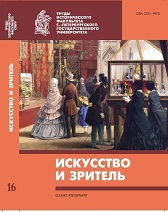
Keywords: French furniture; style; aesthetics; art of the XVIII century; Western European Art
In this article author analyses French furniture 17th–18th centuries with the relationship of the person and society as a paradigm of the esthetic consciousness of the era. Formation and evolution of art and crafts as a synthesis individual, political and society never been discussed in this angle. During historical evolution of society different types of art become a reflection of different social layers. Every genre and art form does not exist by itself, it has always historically driven and is in a dialectical relationship with the lifestyle of the era, which sometimes determines personality. The process of creating pieces of furniture art is seen as the result of interaction between the head of state (the king, the regent or Elector) and the great master of the reign. In this article author pose the problem which can be generalize as “king and master” and “personality and era”. Thereby items of the furniture art show us as a the result of a complex interaction and interpenetration of social, economic, and political processes, moral standards and aesthetic principles of a particular period in the history of Western Europe 17th–18th centuries.
More...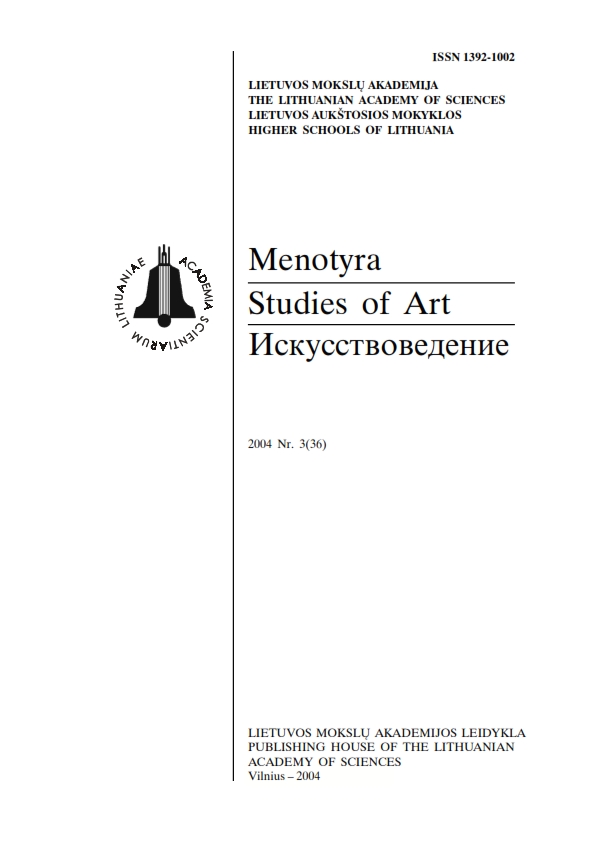
Nobody has yet analysed activities of furniture workshops and factories in interwar Lithuania. The aim of the article is to give a survey of these workshops and factories, of the present furniture of the Bank of Lithuania, which was manufactured in the most famous factories of that period, Pierach, Kundt & C° and K. Petrikas.
More...
Keywords: Quality management systems;furniture producers
Quality management systems (QMS) undoubtedly are able to bring a number of positives in the organizations that made the decision of their implementation. They can contribute in improving the image of the enterprise to the clients and the other stakeholders; lowering the cost of internal and external nonconformities, optimizing the organizational processes and numerous other positive effects. The article presents the results of a survey of Bulgarian furniture enterprises in the period 2015-2016 aimed to find out the benefits, realized due to implemented quality management systems.
More...
Keywords: boar tusk pendants; boar/pig jaw grave furniture; Lengyel culture; Alsónyék-Kanizsa-dűlő; late Neolithic and early Copper Age typology and chronology; social status;
Polished and perforated pendants carved from boar tusks, and jaws of boars and pigs are frequent grave furniture in the Late Neolithic and Early Copper Age cemeteries of the Carpathian Basin. Pairs of tusk pendants were generally placed beside the dead in the early phase of the Lengyel culture, especially beside high status males, who wore these objects as symbols. The 2500 graves of the Alsónyék-Kanizsa-dűlő cemetery represent the late phase of the Lengyel culture, where instead of the pairs of tusk pendants, a huge boar tusk or a tusk disc perforated at the wider terminal was placed on the skull or beside the skull. Pig jaw grave furniture is missing here. The authors examine the occurrence of these types of grave finds in the Neolithic of the Carpathian Basin and Central and South-Eastern Europe. They try to classify the finds and determine their chronology and function.
More...
Keywords: daily writing; engraving; painted furniture; written sources; Rimetea;
The paper presents the partial results of the research with the topic The Metamorphosis of Writing between the 19th and 21st centuries. Roles, Contexts, Formsand Significances of Writing in the Transylvanian Society. Being part of the series of researches regarding the written private texts and the use of the official texts in the private life, this project aims to extend the research to some new empiric sources by use of the museum collections.During the research the information extracted from the inscriptions of the furniture items from Rimetea, Alba County related to the personal information extracted from various historical sources (church records, census) in order to establish the chronology of the items and to identify the occasions they were purchased.
More...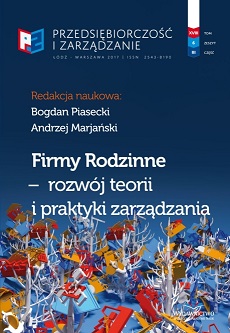
Keywords: furniture market; economic situation; economic;
The article covers influence evaluation of the world economic crisis both on the Polish furniture industry as well as on individual enterprises. The empirical research was divided into two stages. The first phase comprised the analysis of economic data on the Polish furniture industry. Reports published by the Central Statistical Office were the primary source of material for the research. In the second stage the paper presents the findings of statistical surveys which were conducted in 90 companies from the SME sector. The research covered 26 family-run enterprises.
More...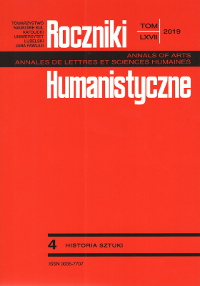
Keywords: interior design; furniture; applied arts; Krakow
The aim of this study is to analyze the architecture of residential interiors and furniture making presented at the exhibition in 1912, to indicate the sources of inspiration for designers and to place them in the context of foreign furniture making. The sources of information were the exhibition catalog, press articles, and the archival materials stored in the National Archives in Krakow that had not been used so far, as well as photographs from the collections of the Print Room of the Academy of Fine Arts in Krakow and the Museum of the Jagiellonian University.The interiors and furniture presented by the artists from the society for Polish applied arts (TPSS) at the Krakow exhibition in 1912 perfectly matched the trends prevailing in designing around 1910. How far they were from the curvy-line Art Nouveau. The designers consciously and creatively used their native tradition, especially the furniture making of the Biedermeier period and folk art. On the one hand, Polish artists drew from the architecture of manor interiors, and on the other they were close to the inspiration of an English home. Their projects can be compared with the works of Austrian artists from the circle of the Vienna Workshop and German artists associated with the Deutscher Werkbund. They were a harbinger of simplified, geometrized, folk-inspired, influencing the beauty of the material, Polish furniture of the interwar period. The equipment for the house of a worker and a craftsman being an example of cheap furniture was characterized by solidity, modesty, operating with economical, but noble forms, inspired by folk ornamentation. They were the beginning of attempts by Polish designers to create minimalist, functional, solid and cheap equipment that were continued in the interwar period.
More...![On the Semantic Reconfiguration of Romanian Gallicisms:
the Case of Furniture [for Sleeping]](/api/image/getissuecoverimage?id=picture_2019_48690.jpg)
Keywords: Gallicisms; loanword; metasemes; semantic reconfiguration; socio-cultural marker;
The French influence was the undisputed major method of enriching and modernizing Romanian language, of redefining its Neo-Latin physiognomy in the territory of South-East European Romanity.This paper aims at briefly presenting the results of the project Reconfigurarea semantică a galicismelor în spaţiul socio-cultural românesc (The Semantic Reconfiguration of Gallicisms in the Romanian Socio-Cultural Area – FROMISEM-II), whose objectives were as follows: (1) a deeper semantic analysis of Gallicisms based on the grid drawn up in the FROMISEM project; (2) pursuing the analysis on the accuracy of the concept of multiple etymology in Romanian lexicology for loans from several sources, French included, or for learned words (from scholarly Latin) having entered the language via French; (3) a correlation between linguistic analysis and the extra-linguistic level, to emphasize the loanword's role as (i) a socio-cultural marker reflecting social, political and cultural mutations in the life of a community at a given moment; (ii) the indicator of a mentality universe; (iii) an axiologically distinctive element between languages. This latter approach of Gallicisms from a semantic-pragmatic perspective has not been very frequent in Romanian linguistics, which supports the pursuit of this research direction, thus ensuring the originality, significance and relevance of the proposed perspective.The semantic-pragmatic study of Gallicisms will be supported by lexemes making up the conceptual field of furniture in Romanian language, based on the semic features classified as prototypical in configuring the semanteme of each analysed word, i.e. by making a parallel between the semantic evolution of the concerned lexical units and the social and cultural evolution of Romanian society, seen in synchrony or diachrony.
More...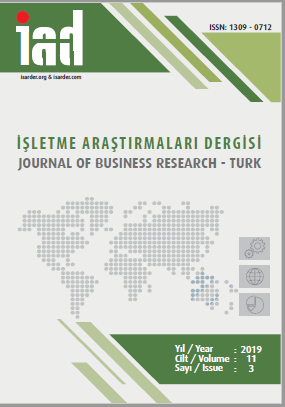
Keywords: Integrated Marketing; Communication Attitude; Furniture Industry;
Purpose – In this study, it is aimed to determine the attitude levels towards integrated marketing communication activities carried out by the leading furniture brand of the sector (SÖMM) and to examine the attitudes towards this furniture brand. Design/methodology/approach – The population of this study, which is a quantitative research method, is composed of participants living in the central district of Kars in 2019. The sample of the study consisted of 395 individuals who were determined by simple random sampling method. As a data collection tool, “personal information form” and “attitude scale for Integrated Marketing Communication activities” developed by Göktaş (2017) were used. The validity and reliability of the um Attitude Scale for Integrated Marketing Communication Activities developed by Göktaş was re-tested and it was concluded that the data collection tool was valid and reliable.
More...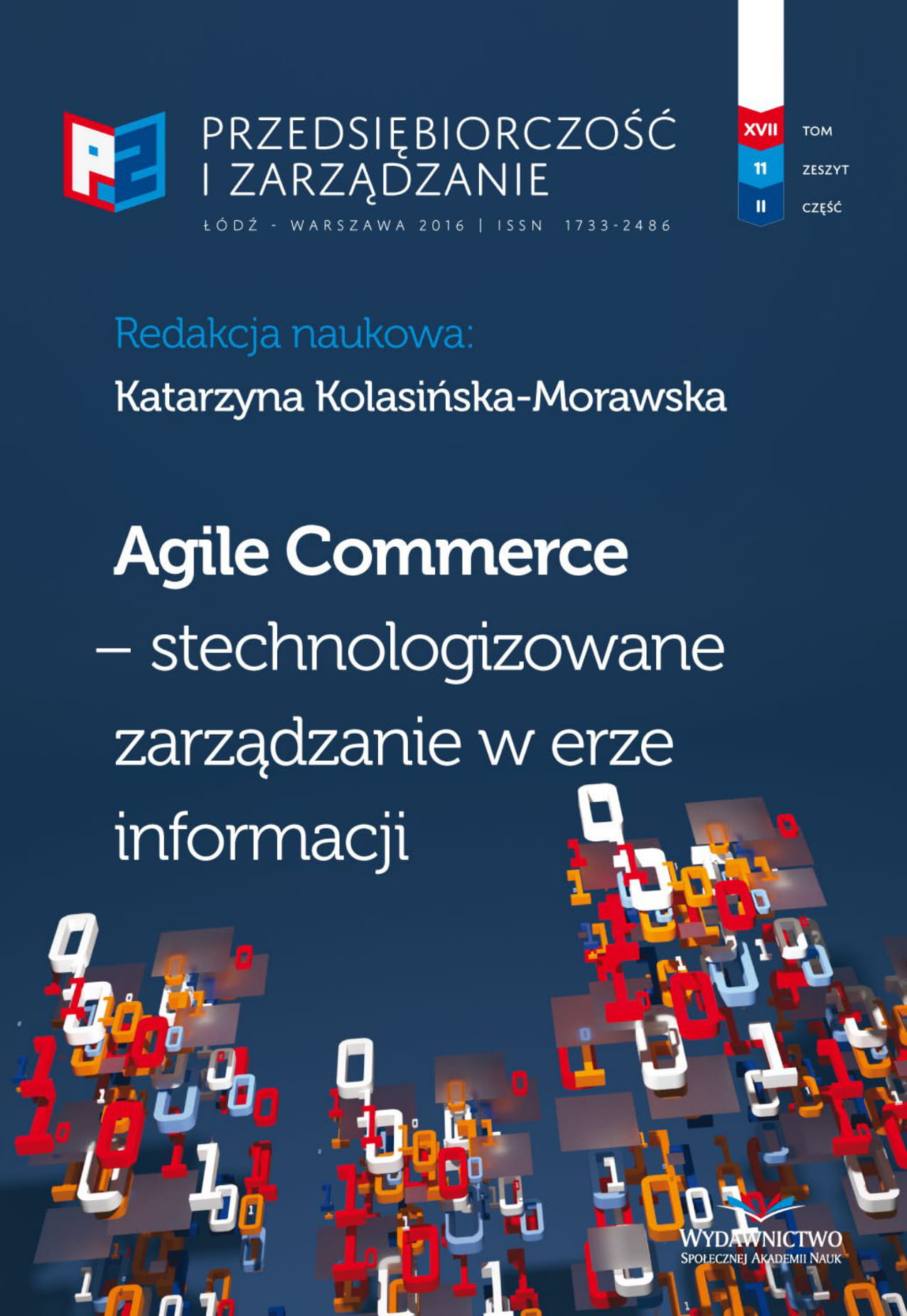
Keywords: management; Scrum methodology; information system; furniture industry
The article presents the use of the Scrum methodology in the implementation of information systems. It explains the advantages of the usage of agile methods over traditional approach in the project management. It treats on practical issues related to forming project teams, the organization of work as well as leading it and the final result. Moreover, the article evaluates the practical use of the Scrum methodology in information systems integration. Project management is one of the challenging projects of very high complexity. Achieving success in the implementation of investments in the field of information technologies requires the use of properly selected project management methodologies. How can we observe the last decade has brought a dynamic development of agile methodologies, along with their wide use not only in IT projects. Criticism of classic methodologies focused on conducting extensive documentation at each stage of the project, the use of problematic standards for project management makes it difficult to conduct design work characterized by high innovation which undoubtedly can include IT projects.
More...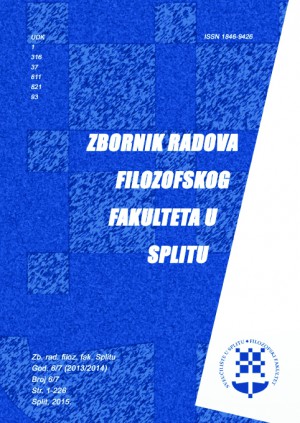
Keywords: Romanisms; Šestanovac local idiom; furniture; etymology;
This paper focuses on the Romance influence on the local idiom of the Dalmatian town of Šestanovac. Specific examples of Romanisms in the semantic field of furniture are selected from the rich lexical material and subjected to lexical and etymological analysis in order to examine their origin. In addition, the authors compared the recognition and use of the above examples of Romanisms in respondents of various age groups. The analysis revealed that recorded Romanisms were not equally represented in the speech of the respondents, which pointed to numerous sociolinguistic elements, i.e. the influence of various extra-linguistic factors in the use of certain lexemes.
More...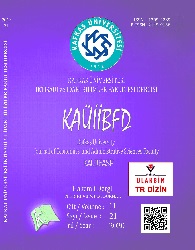
Keywords: Sustainable Supplier Selection and Evaluation; Intuitive Fuzzy TOPSIS; MCDM Techniques;
The aim of this study is to provide a sustainable method for the solution of supplier selection and evaluation problems which is one of the decision making problems in industrial organizations. In this research, an evaluation method consisting of five criteria and twelve sub-criteria in a sustainable framework was proposed in order to rank the sheet metal suppliers, which are the raw materials of a company producing office furniture and exporting most of their products, according to their own expectations. Intuitive fuzzy TOPSIS method was used for evaluation. As a result of the study, supplier evaluation results for the company have been given a ranking from good to bad, and an alternative solution proposal has been developed for the evaluation of this problem.
More...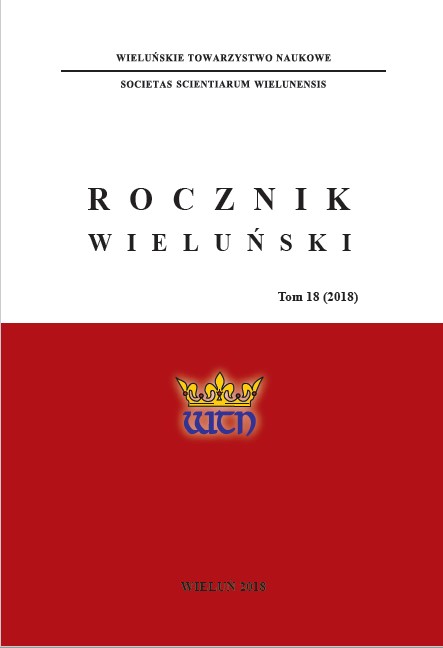
Keywords: the Wieluń region; Załęcze Wielkie; folk furniture; dowry chest; folk kitchen cupboard; folk seating bench; folk chair;
The above article discusses the materials collected by Zofia Neymanowa during field studies in the village of Załęcze Wielkie in the Wieluń region in the years 1958-1960. Information on traditional furnishings of rural chambers has been presented there. Short characteristics of basic furniture are presented with an indication, if possible, of their time and place of creation, the name of the contractor and applied carpentry techniques. The most widely discussed phenomenon is the dowry chests and trunks, which have the oldest pedigree among folk furniture.
More...
Keywords: cluster; cluster life cycle; furniture industry; knowledge sources;
Clusters – spatial concentrations of companies and institutions in functionally-related fields – are known as places facilitating the creation and spreading of knowledge. Facing competition from similar firms nearby, cluster firms must constantly search for and utilise new technological and business knowledge. In this paper we present the results of a comparative study conducted in the companies located within two furniture clusters operating in different life cycle stages, which have been determined on the basis of employment, production and export indicators. The first cluster – Livenza is located in the North of Italy and is an example of a mature cluster, the second – in Kępno (Greater Poland region) – as a growing one. Questionnaire survey of the firms located in these areas allowed to state that the firms in the first cluster – in relation to the second one – use more professional knowledge sources, such as: consulting firms, employing “knowledge agents” delivering current knowledge expertise, trainings and actions of public institutions. The results of the study may become a guideline for business environment institutions and public authorities as to the ways of obtaining new, external knowledge which is most expected by the local cluster firms.
More...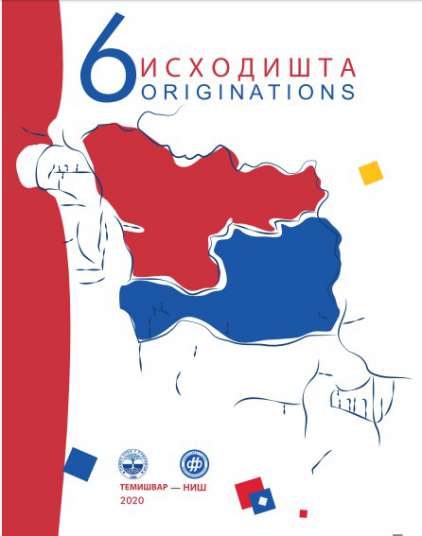
Keywords: loanwords; Norhern Metohija; lexical-semantic analysis; semems; statistical interpretation;
The paper presents loanwords in the Terminology of home and furniture in northern Metohija by Mileta Bukumiric from the lexical-semantic point of view. The analysis is based on a corpus of 320 lexemes, organized into twelve lexical-semantic groups. The aim of the paper is to point out the origin of the loanwords and their percentage representation within the lexical-semantic groups, as representatives of different domains of reality.
More...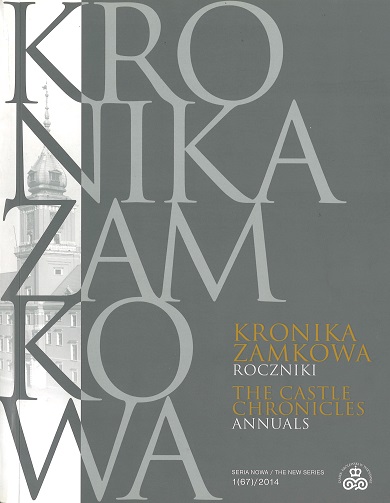
Keywords: Stanisław August Poniatowski; the Royal Castle in Warsaw; interior design; furniture; console; Johann Christian Kammsetzer; Victor Louis; Jean-Louis Prieur; Jean Pillement; Józef Fontana; Dominik Merl
The author of this text analyses yet another group of furniture pieces created in the artistic circle of King Stanisław August (reigned 1764–1795). Thrones and beds were presented previously, but this time the focus is on pieces permanently fixed to the wall in the form of tables or shelves with console-type support, which, in most cases, are permanent architectural fixtures of the interiors. The review of consoles from Stanisław August times is preceded by the short history of this type of furniture in European interiors, starting from France at the time of Louis XIV. It is not easy to trace the beginnings of the history of console tables in Polish interiors because the original artistic fixtures from the end of the 17th century have not survived and the descriptions in written sources are enigmatic – this type of furniture is simply described as a table. Another factor was the high interest of Polish participants of Grand Tours taking place in the 2nd half of the 18th century in tabletops made of multicolour marble, created with the use of mosaic or scagliola techniques.
More...
Keywords: exhibition; furniture; interior architecture; design; PRL
Until 1989, in post-war Poland, several dozen exhibitions presenting furniture and interior design took place. Individual shows focused, as if in a lens, the trends present in Polish design; they were an arena for exchanging ideas between designers and producers, and they gave Poles the opportunity to learn about foreign industrial production. The message prepared by exhibition organizers and the types of narratives created around these events are the subject of this article, and its purpose is to show the exhibition strategies of various entities. The introduced division distinguishes four types of exhibitions: jubilee shows, competition presentations, shows of employees and students’ works organized by universities, cyclical presentations of the furniture industry at the Poznań International Fair. Another type of division of furniture exhibitions in the communist period can be made while distinguishing artistic and social shows. For a deeper analysis, three well-documented exhibitions of Polish design and two groups of shows were selected: those which common denominator is the place where objects were presented, i.e. small apartments in blocks of flats, and exhibitions of foreign design.
More...